A week "job-swapping" at Pensthorpe.
This week I was lucky enough to visit Pensthorpe Wildlife and Gardens in order to work and learn behind the scenes. Their warden Kat MacPherson then made her own way to WWT Slimbridge Wetlands Centre for a low-down in flamingo husbandry.
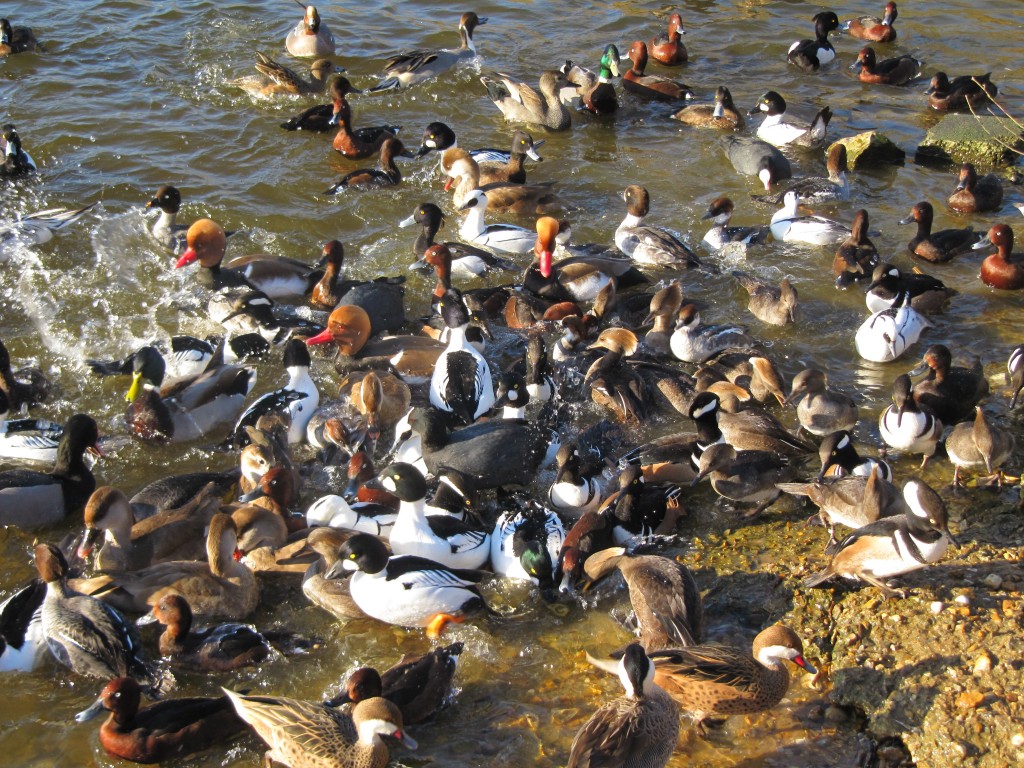
The collection there is smaller and more compact than the one at Slimbridge. On the main lake they have a well represented group of native and near native species highlighted with a few Avicultural favourites such as Hooded Mergansers and Puna teal. This eclectic mix looks just stunning at the daily 4pm commentated feed as they dabble and dive for a generous dose of maintenance pellets. The collection definitely knows the routine, and it's not uncommon to put a bucket down to open a gate, and pick it back up again with a resident Smew sat inside!
The vibe of the whole place is relaxed and comfortable, and they benefit from some stunning backdrops. The wader aviary is particularly gorgeous, sited within an old brick and flint walled garden. Inside reside ruff, redshank, avocet, black-winged stilt, curlew, teal, shoveler and bearded tit. A wave machine and crystal clear water finish the picture.
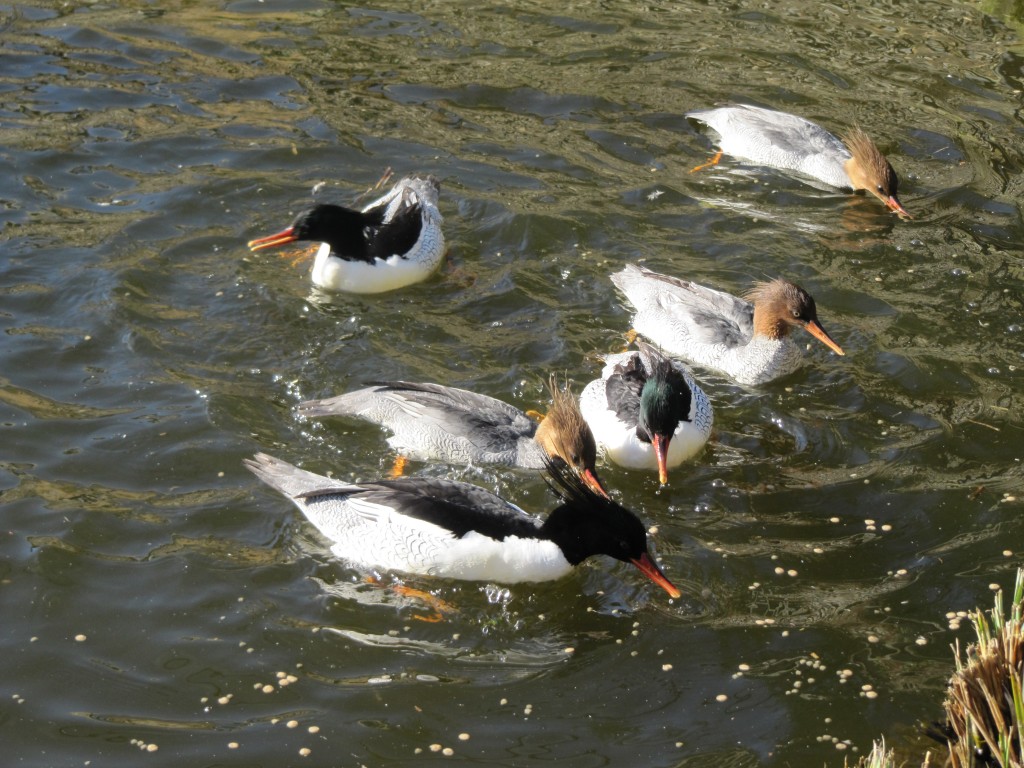
A stonking species here that Slimbridge doesn't hold in it's collection is the Scaly-sided merganser. Pensthorpe has a remarkable group of birds collected from all over Europe for genetic viability, and I know of none other so large. They have had great success breeding the species in the last 2-3 years, and are lucky enough to have a female high ratio. During my week away the stunning pair out on exhibit were witnessed investigating one of the nest-boxes, and the next day the female was trying it out for size. This exciting news is yet another sure sign of an early breeding season as we enter another frost-free mild week of weather. With this species bearing a close resemblance to one of the rarest mergansers in the world, the Brazilian; these breeding efforts may one day prove very valuable to Aviculture worldwide. In the meantime, the beautiful scaly-sided merganser is re-entering popular Aviculture :)
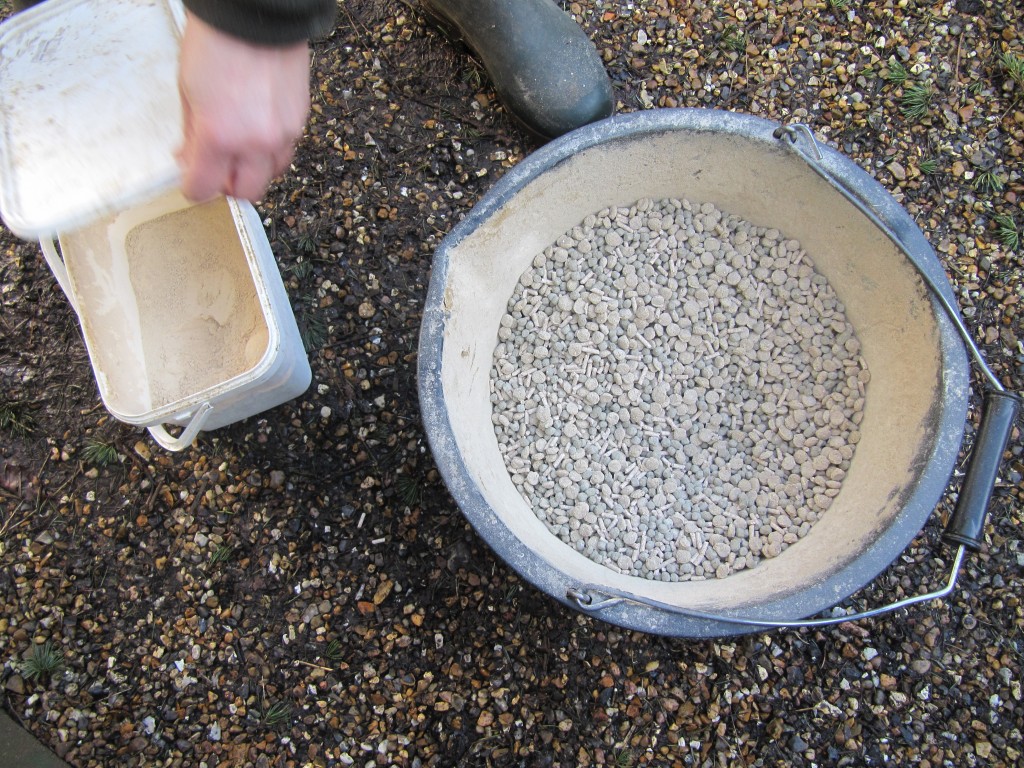
An interesting little trick I discovered during feed time was the addition of garlic powder to their foodstuffs for their general health and well-being. The Aviculturalist Chrissie came up with the scheme after she read a document detailing how adding garlic to a diet had been observed to improve feather condition in wildfowl by deterring the attachment of parasites. She observes perfect observable health in the flock when they are on this diet. I would be fascinated to do a mirrored long-term experiment on the technique, but as she said; it does no harm other than to give them a radical new odour!
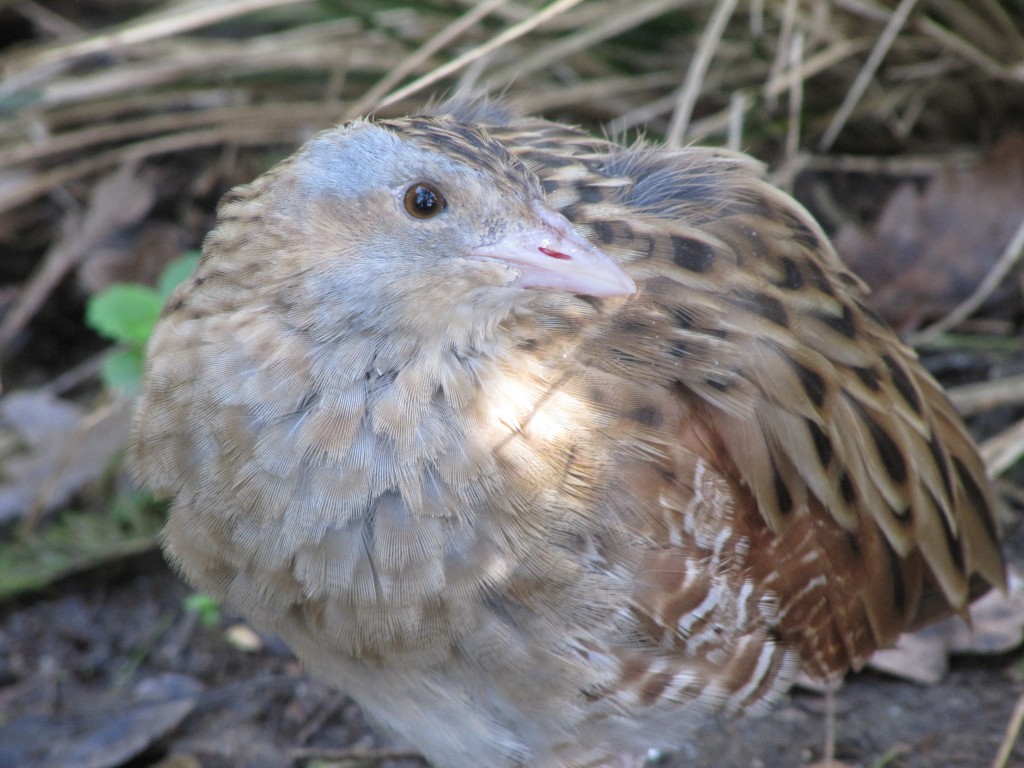
Pensthorpe is also home to one half of the Nene washes corncrake project in association with the RSPB, Natural England and ZSL Whipsnade zoo. These adorable wee birds are surplus to the project, and run around inside the squirrel enclosures. Every year the corncrake are reared in a bespoke bio-secure unit away from the rest of the collection. Just 3 weeks after hatch, the little chicks are transferred to a soft release area on their destined site. Another 4 weeks after that they are on their way! The ones on display at the centre didn't quite make the grade, but they do the equally valuable job of educating and inspiring visitors. You can read far more about the project here: http://www.pensthorpetrust.org.uk/nene-washes-corncrake/
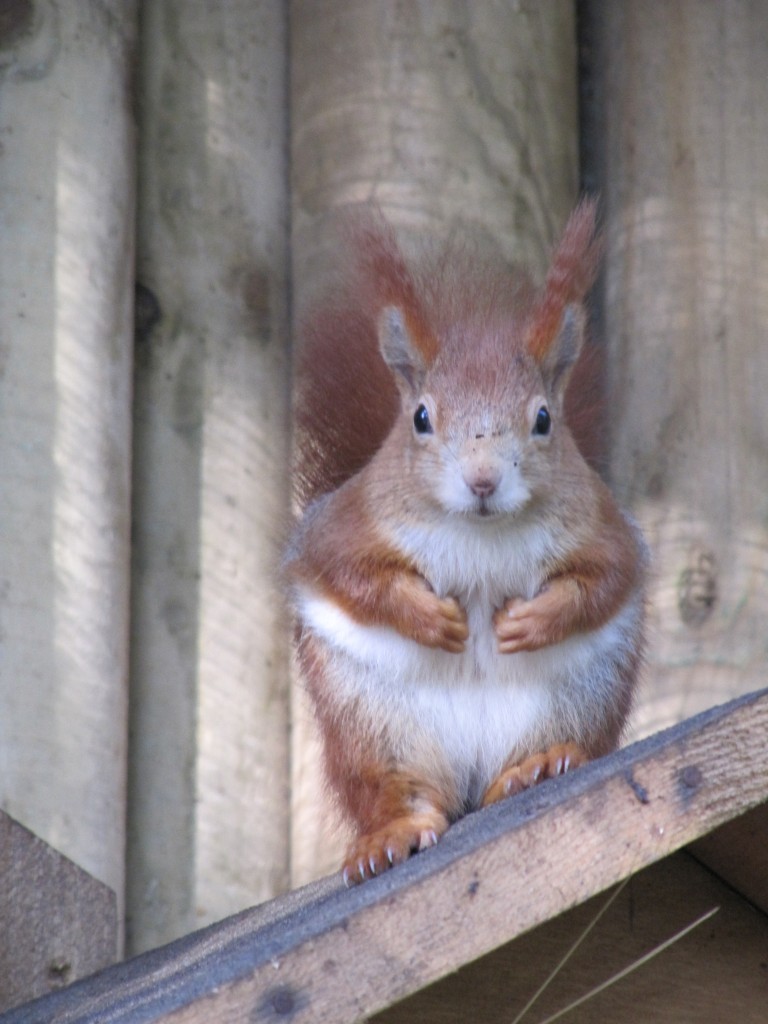
Lastly, and possibly even the best thing about my week; red squirrels! These little beauties numbered 3 pairs in 3 aviaries, and whilst a heavily pregnant April refused to sit still for a sensible photograph, Tortoiseshell was only too happy to pose...
Pensthorpe's range of conservation projects, from the corncrake and turtle dove, through Eurasian crane to red squirrel, are an eclectic mix of species that inspire and enthrall each of us in different ways. These approachable projects are advertised in a friendly and informing way, whether on signboards, leaflets, posters or chocolate bars!
What did I learn? I remembered how it felt to be new to my job; with ideas (some of them silly) motivations (some of them silly) and proposals (yep, silly.) I am inspired once again to be innovative and to try new things, from feeders to foodstuffs. It's time to try some DIY!
Thanks to the whole team for looking after me; Ed, Chrissie, Keith, Darren, Mark and the lovely people in the cafe and shop.
Oh and PS. Make sure you all buy a red squirrel postcard!!!

